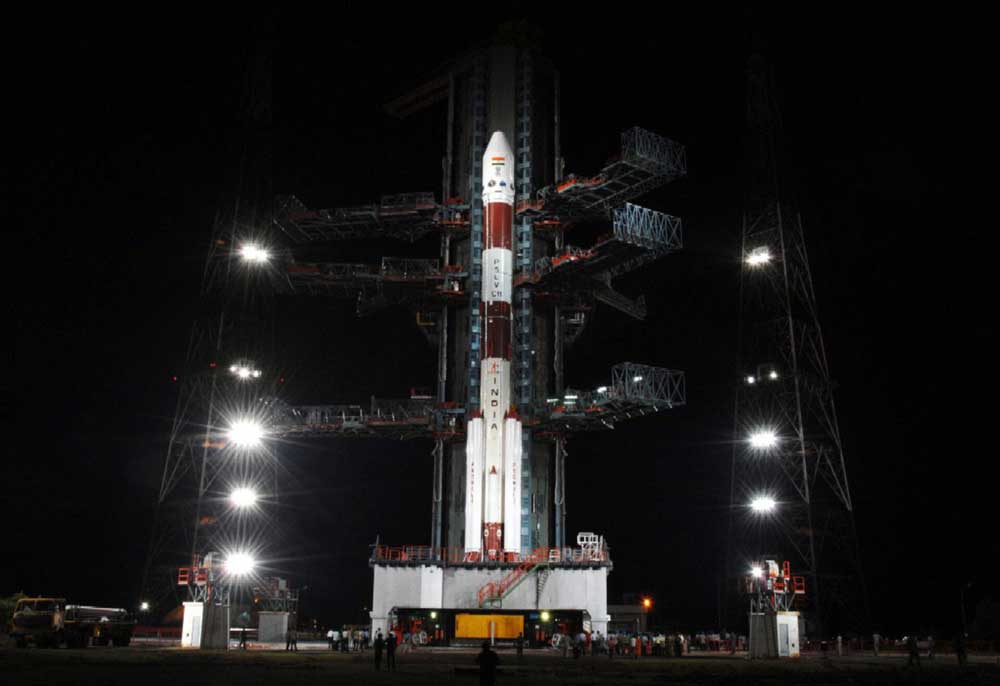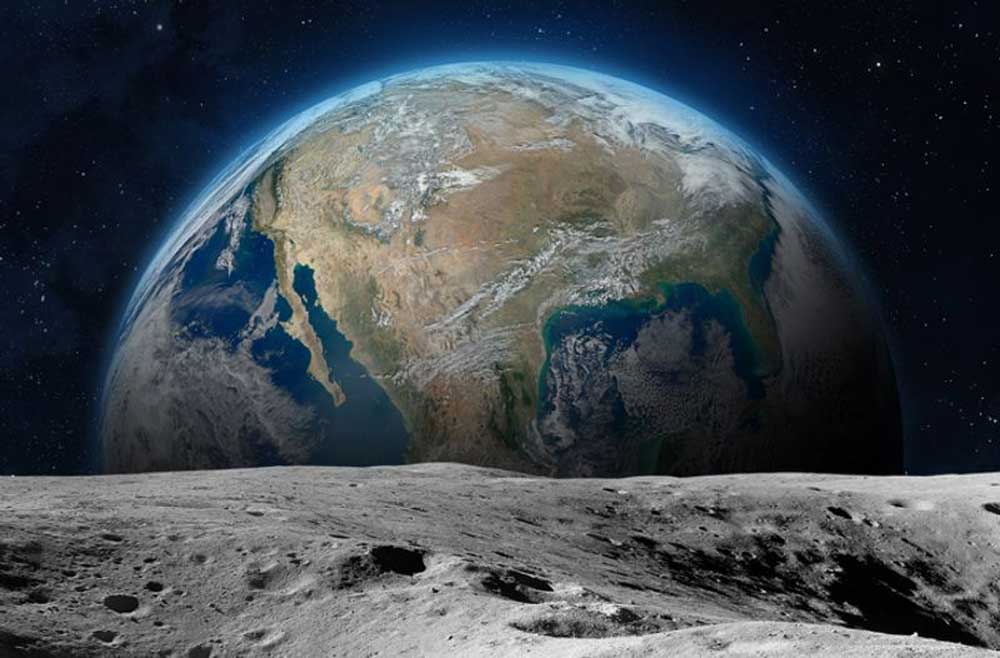On October 22, 2008, the Indian Space Research Organisation (ISRO) achieved a historic milestone with the launch of Chandrayaan-1, India’s inaugural mission to the Moon. This ambitious venture marked India's entry into lunar exploration, showcasing its growing capabilities in space technology and science. As we commemorate 16 years since the launch of Chandrayaan-1, we recognise its profound impact on India's space endeavours and global lunar exploration. This pioneering mission not only established India’s capabilities in space science but also paved the way for Chandrayaan-2 and Chandrayaan-3.

The Launch of Chandrayaan-1
Chandrayaan-1 was launched aboard the Polar Satellite Launch Vehicle (PSLV-XL) from the Satish Dhawan Space Centre in Sriharikota. In a testament to ISRO’s engineering prowess, the mission overcame a critical challenge just before launch—a fuel leak that threatened to postpone the launch. Quick action by ISRO's technical team resolved the issue, allowing the rocket to successfully lift off.
The mission's primary objectives were ambitious: to place an orbiter around the Moon and conduct a controlled impact of a probe on the lunar surface, gathering critical data on the Moon’s composition and surface conditions.
Key Achievements of Chandrayaan-1

After an efficient journey, Chandrayaan-1 entered lunar orbit on November 8, 2008. This achievement was particularly significant, as India became the fourth country to reach the Moon, and it did so on its first attempt.
One of the most ground-breaking accomplishments of Chandrayaan-1 was the successful impact of its Moon Impact Probe (MIP) on November 14, 2008. The MIP was designed to analyse the lunar surface and gather data during its descent. Among its historic findings, the mission provided compelling evidence of water molecules on the Moon—a discovery that transformed our understanding of lunar geology.

The orbiter was equipped with several advanced scientific instruments, including:
• Moon Mineralogy Mapper (M3): Developed by NASA, this instrument detected water ice in the Moon's polar regions, suggesting the presence of significant water resources.
• High Energy Liquid Spectrometer (HELIOS): This helped analyse the Moon’s surface composition.
• Terrain Mapping Camera (TMC): Captured high-resolution images of the lunar surface, providing insights into its topography.
Although contact with the orbiter was lost after about ten months, it had successfully completed numerous scientific experiments, significantly contributing to lunar science. The data gathered from Chandrayaan-1 not only supported the water discovery but also helped in understanding the Moon’s mineral composition and geological history.
The Legacy of Chandrayaan-1
Chandrayaan-1's contributions were far-reaching, laying the groundwork for future missions and cementing India’s reputation as a key player in global space exploration. The mission demonstrated ISRO's capability to execute complex space missions, inspiring confidence in its technological prowess. The findings of Chandrayaan-1 also encouraged further lunar exploration worldwide. In 2017, the United States' NASA located the Chandrayaan-1 orbiter orbiting the Moon, highlighting its lasting legacy even years after its operational life ended.

Chandrayaan-2: Building on the Legacy
Nearly a decade after the success of Chandrayaan-1, ISRO launched Chandrayaan-2 on July 22, 2019. This mission aimed for a more ambitious goal: to achieve a soft landing on the Moon and deploy a rover, Pragyaan, to explore the lunar surface.
Chandrayaan-2 consisted of three components: an orbiter, a lander named Vikram, and the Pragyaan rover. After successfully entering lunar orbit on August 20, 2019, the mission proceeded to the landing phase. However, on September 7, during the critical landing attempt, contact with Vikram was lost just moments before touchdown.
Despite this setback, the orbiter successfully continued its operations, conducting a range of scientific experiments. It has been sending back valuable data, contributing to our understanding of the Moon’s atmosphere, surface temperature, and mineral composition.
Chandrayaan-3: A New Milestone

In 2023, ISRO launched Chandrayaan-3, continuing its lunar exploration journey. The mission, consisting of a Vikram lander and a Pragyaan rover, was launched on July 14, 2023. This time, the mission was designed with enhanced features to ensure a successful soft landing.
On August 5, Chandrayaan-3 entered lunar orbit, and on August 23, it achieved a historic milestone by landing near the Moon’s south pole—the first mission to do so. This landing made India the fourth country to successfully touch down on the Moon and marked the southernmost landing in history. Chandrayaan-3’s lander and rover were equipped to conduct extensive surface observations, providing insights into the Moon’s geology and composition. Notably, the rover Pragyaan discovered a new crater, revealing layers of dust and rock that are crucial for understanding the Moon's early geological evolution. Although the lander was not designed to survive the lunar night, it successfully completed a twelve-day mission, collecting invaluable data.
Together, these missions reflect India’s unwavering spirit of exploration and innovation, promising a bright future in the pursuit of knowledge beyond our planet. As we look ahead, the Chandrayaan series stands as a testament to human curiosity and the enduring quest to understand the cosmos.